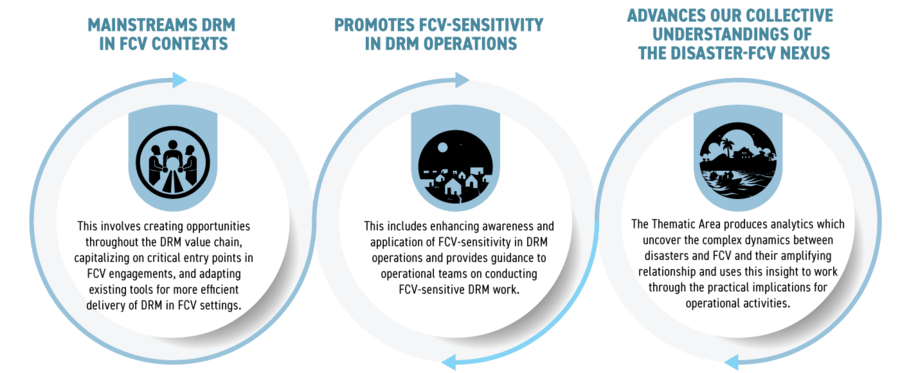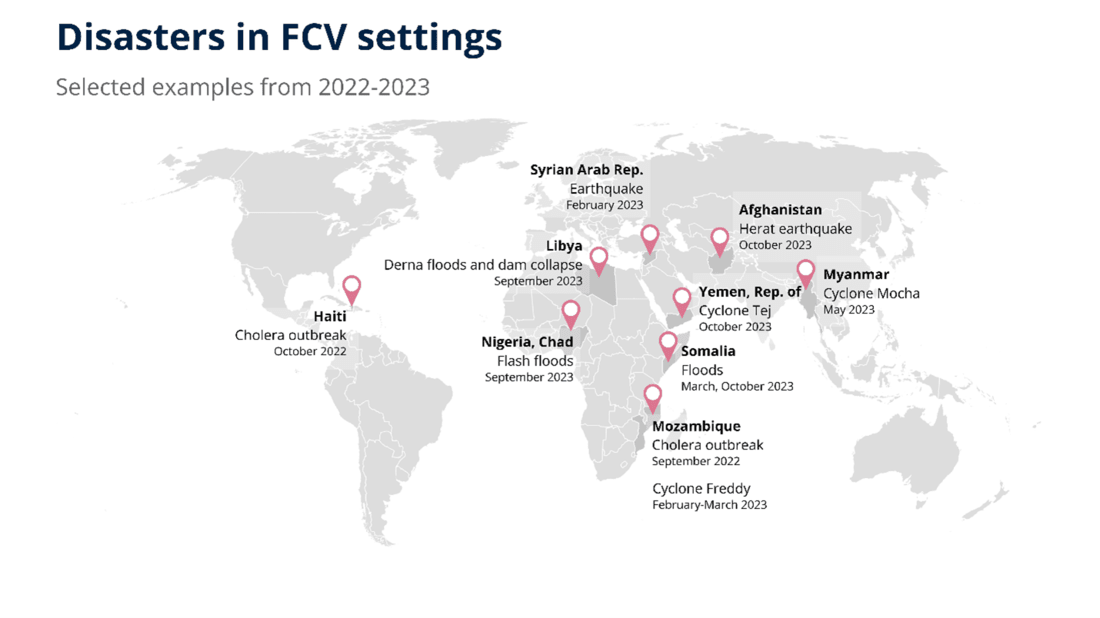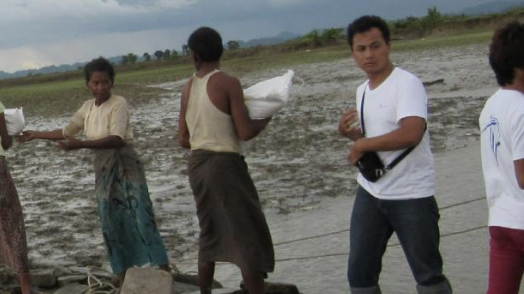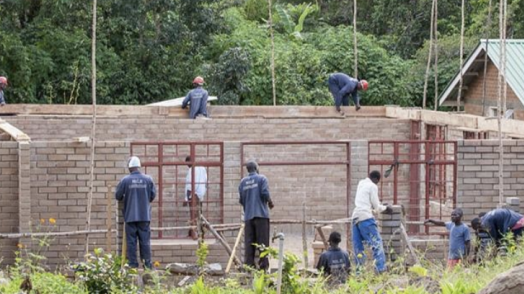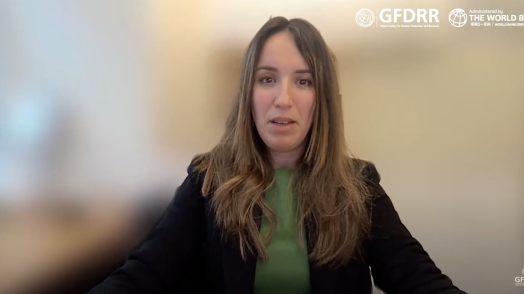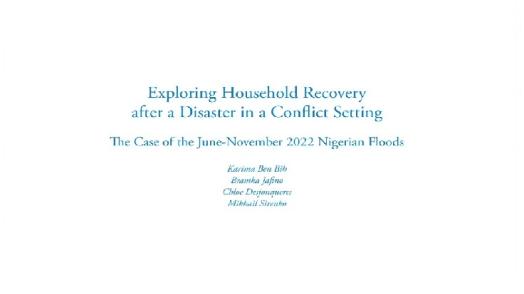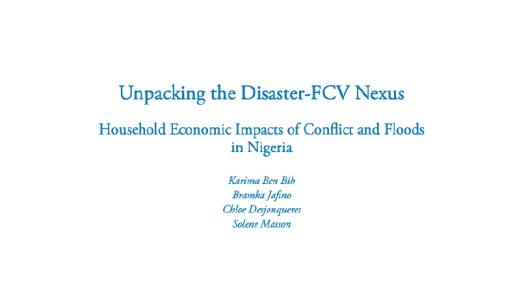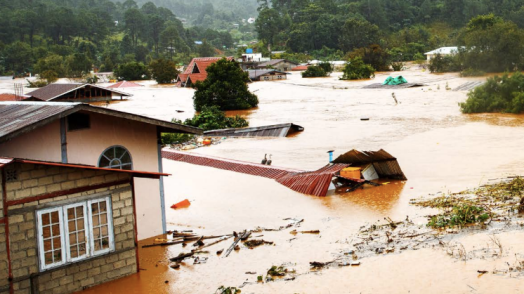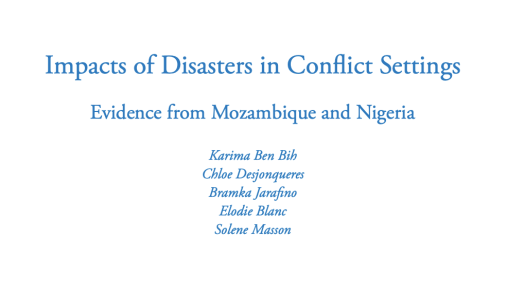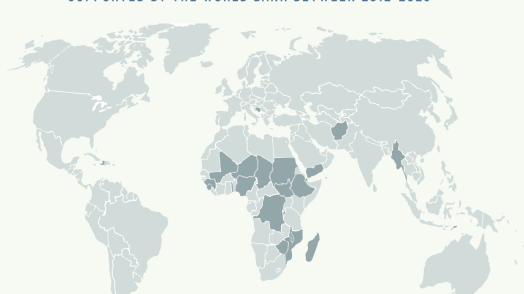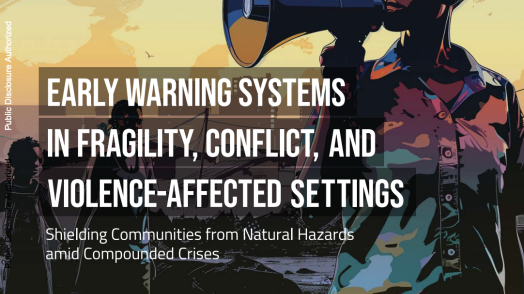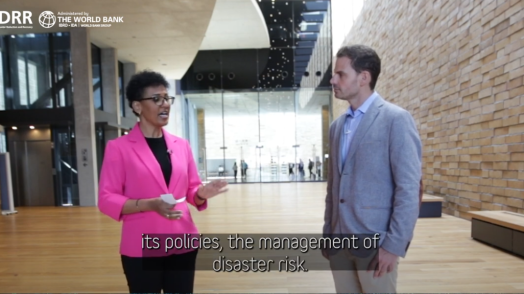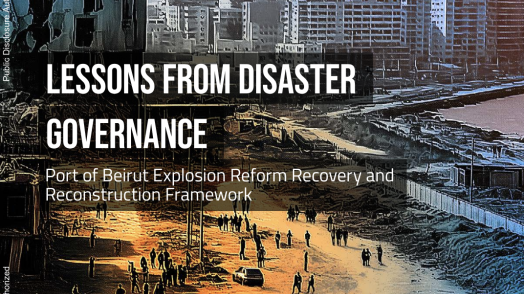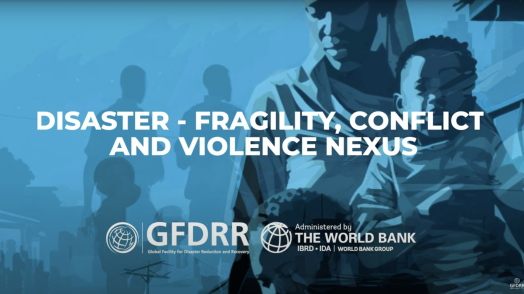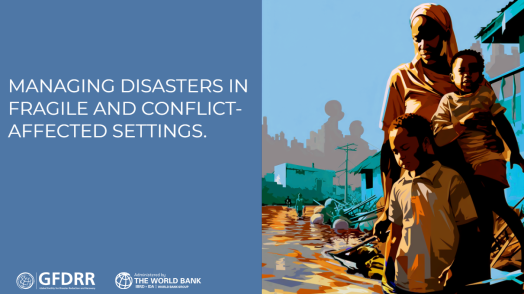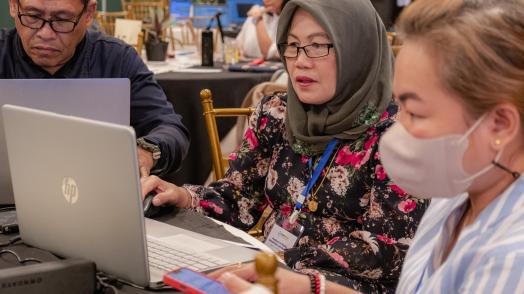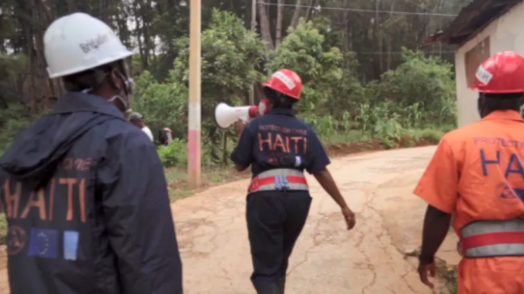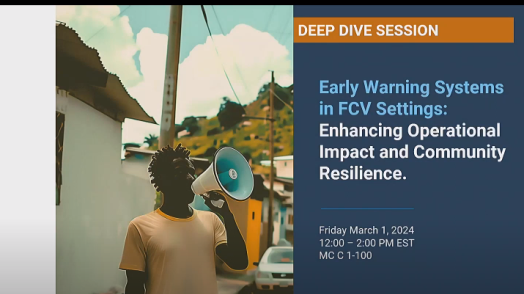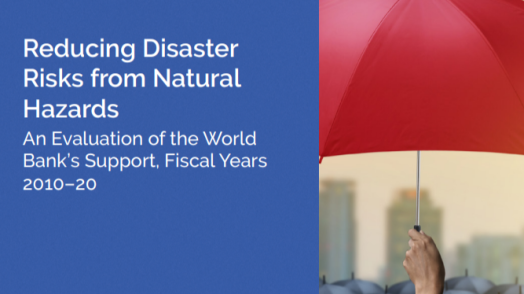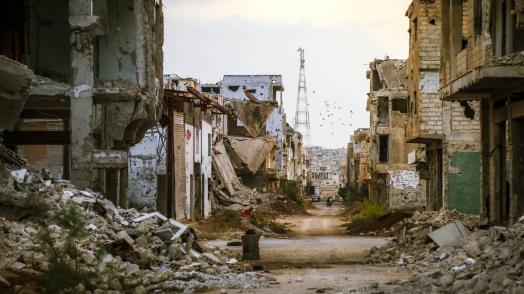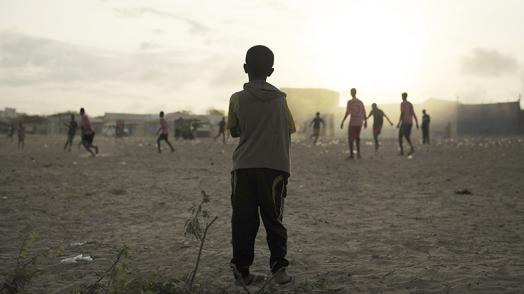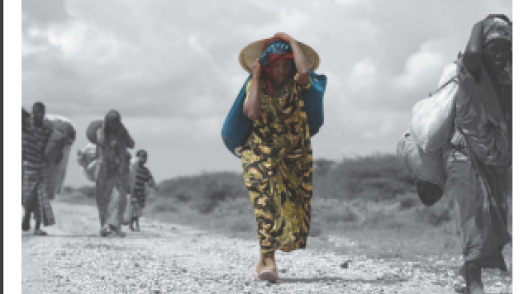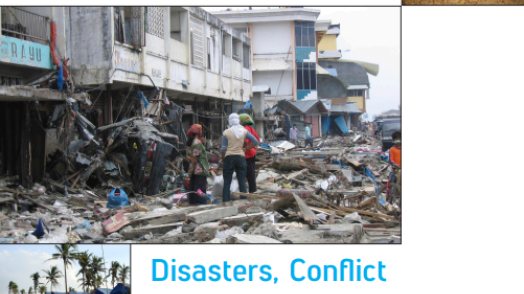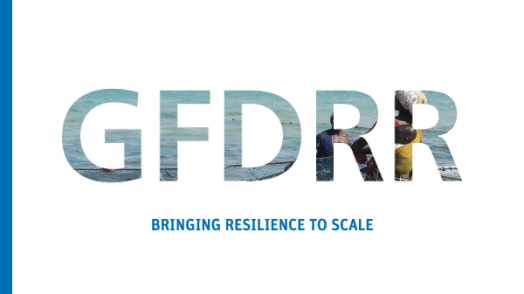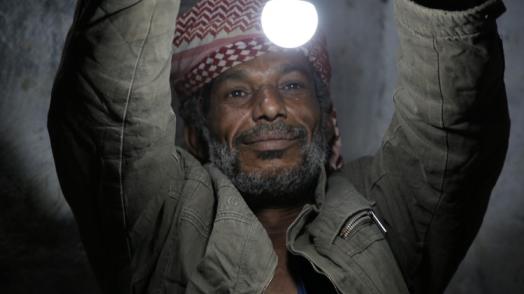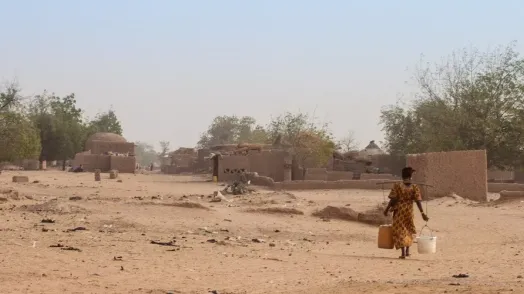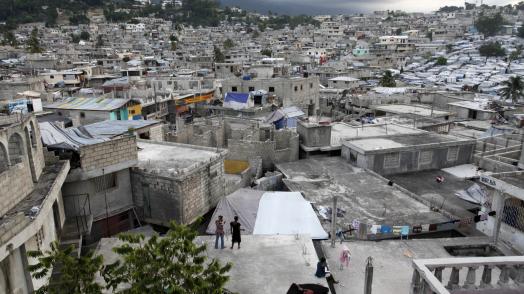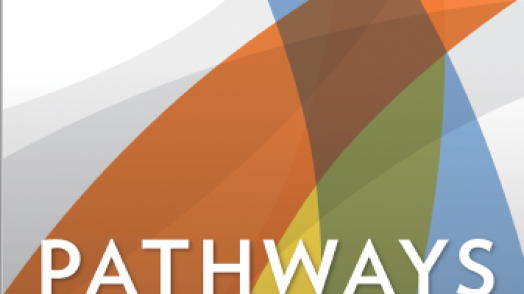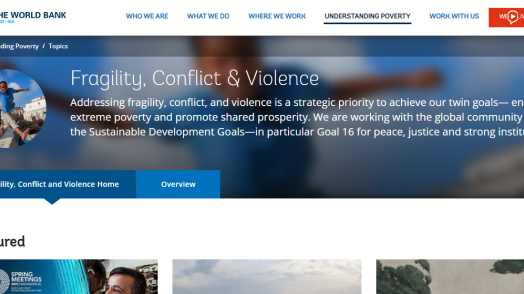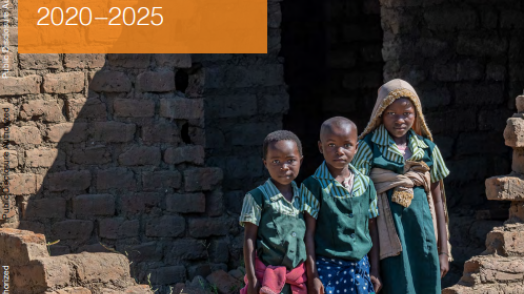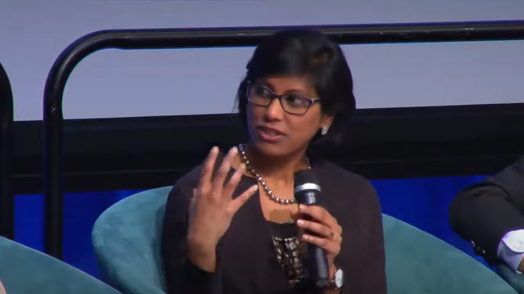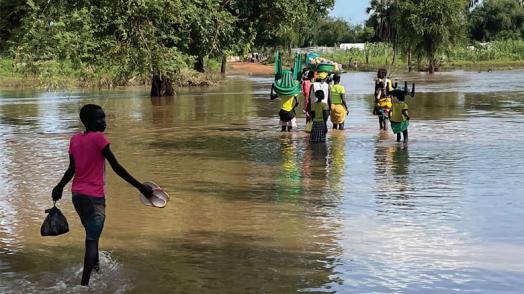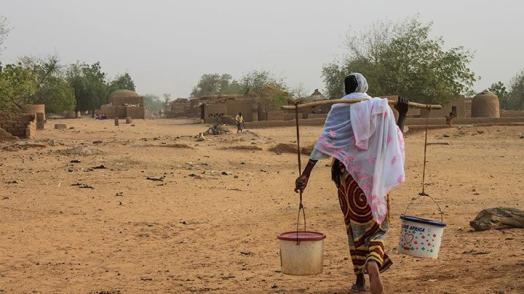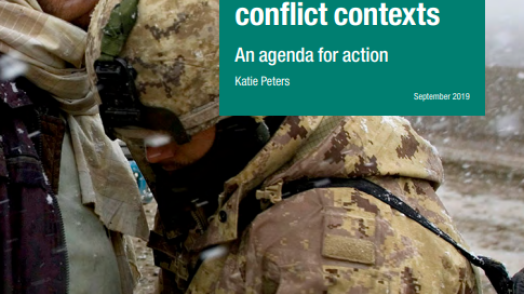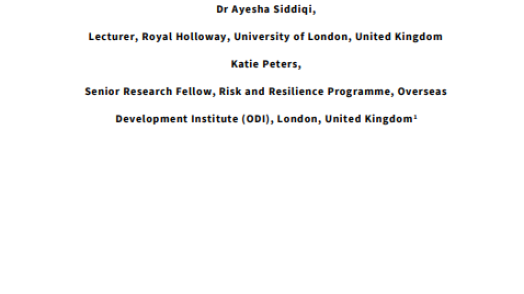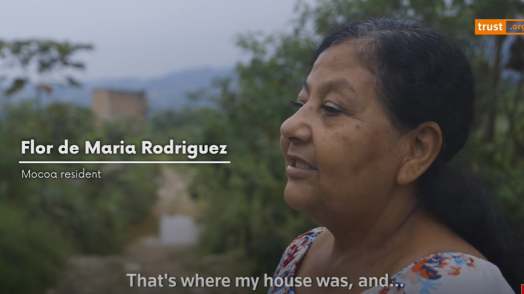In a world grappling with multiple crises, addressing the complex challenges at the intersection of disasters in Fragile, Conflict, and Violence (FCV) settings is more crucial than ever. GFDRR responds to this urgency through its Disaster-FCV Nexus Thematic Area which provides operational and strategic guidance, informs development finance to enhance disaster resilience in FCV environments, and contributes to global knowledge through original analytics to deepen our understanding of the intersection.
Highlights

Watch the Disaster - Fragility, Conflict and Violence Nexus videos playlist on YouTube
Countries facing FCV challenges can be more vulnerable to disasters, enduring more severe impacts from both natural and man-made shocks. A stark reality is evident—of the 15 countries most vulnerable to disasters, 14 rank among the top 50 fragile states.
Climate variability and change compounds these hazards and their impacts, amplifying their effects, especially in FCV contexts where vulnerability is inherently high. Of the top 20 countries most vulnerable to climate change, as per the NG-GAIN index, 14 appear on World Bank’s 2024 Fragile and Conflict-Affected States list. These compounded hazards hinder the effective use of development funds for managing disasters, putting at risk the progress made in building resilience and broader development initiatives.
Addressing these challenges requires a concerted effort to redirect focus and resources toward comprehensive action and investments that enhance disaster resilience in FCV contexts.
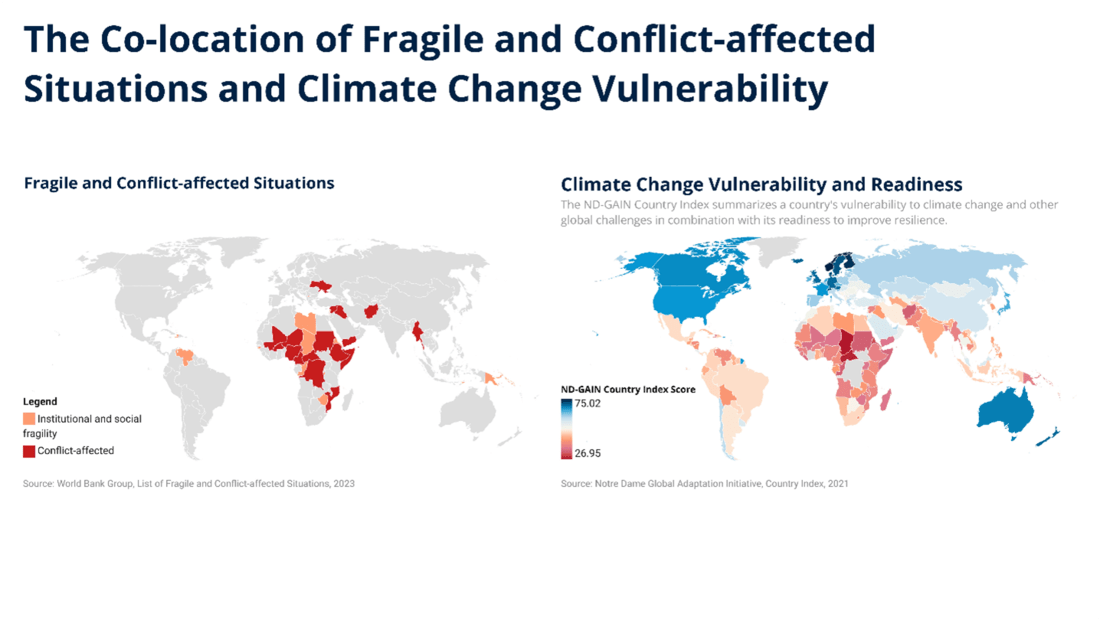
In pursuit of its mission to assist low- and middle-income countries in understanding and mitigating vulnerability to natural hazards and climate change, GFDRR initiated the Disaster-FCV Thematic Area in 2018. This Thematic Area seeks to support governments and their partners to address the rising challenge posed by the interconnected nature of disaster-FCV risks. From FY 2012-2022, GFDRR granted 320 projects in 50 FCV countries, totaling $153 million, and mobilizing $6 billion in development financing from the World Bank Group (WBG) and partners.
The Thematic Area aims to support the World Bank at the operational level, by supporting task teams and country offices, and at the strategic level through analytics and insight on the disaster-FCV nexus, including through knowledge management. Adopting a tiered approach responding to concrete operational demands, the Thematic Area:
